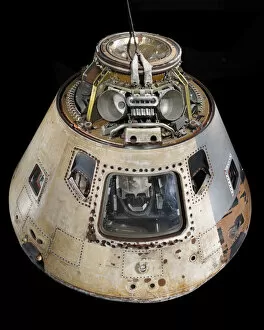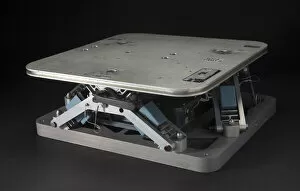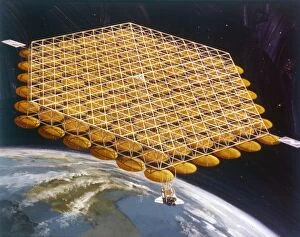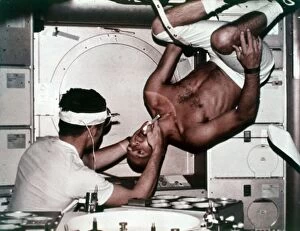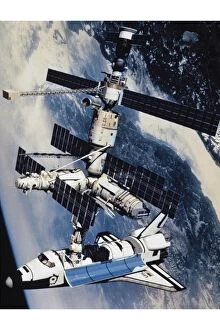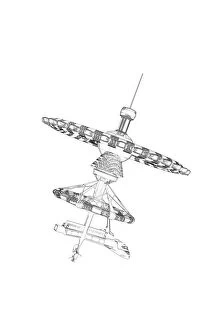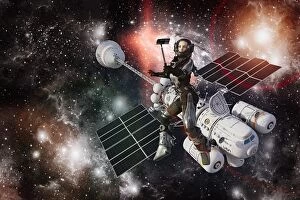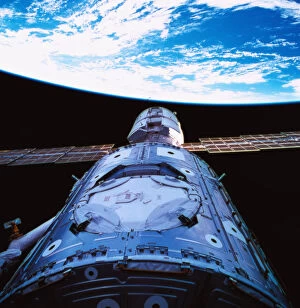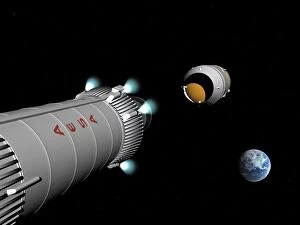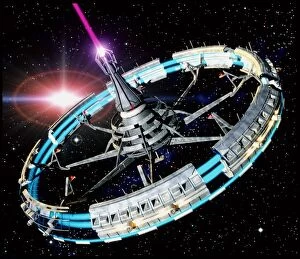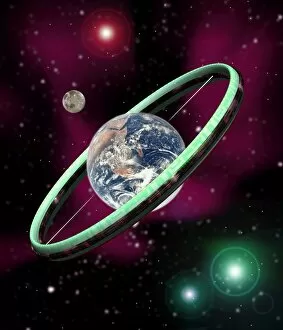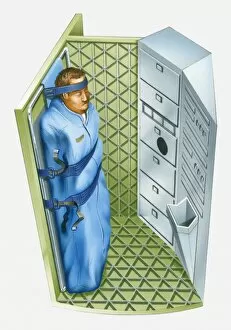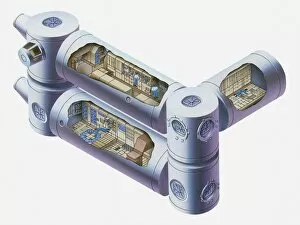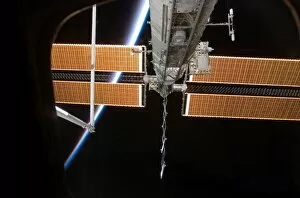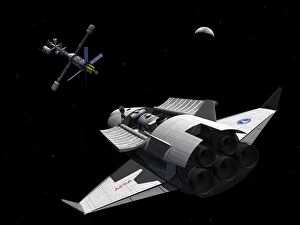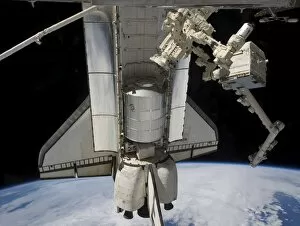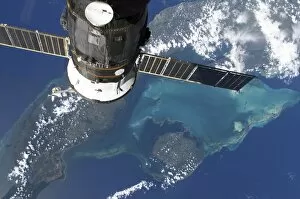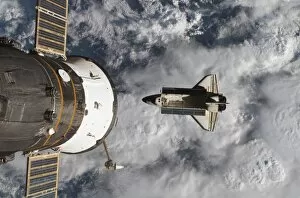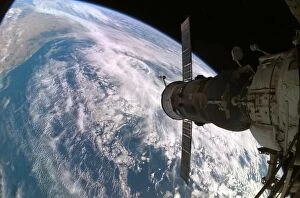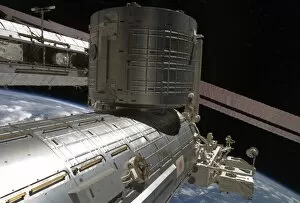Space Station Collection (#2)
In 2008, the International Space Station (ISS) continued to serve as a symbol of human achievement and collaboration in space exploration
For sale as Licensed Images
Choose your image, Select your licence and Download the media
In 2008, the International Space Station (ISS) continued to serve as a symbol of human achievement and collaboration in space exploration. This orbiting laboratory, reminiscent of Skylab from 1974, showcased NASA's dedication to pushing the boundaries of scientific discovery. The Delta mission to the ISS depicted through artwork highlighted the intricate maneuvers required for successful rendezvous and docking in space. Captured by an ISS camera, the breathtaking image of Aurora dancing above Earth reminded us of the ethereal beauty that exists beyond our planet's atmosphere. Meanwhile, a satellite image showcasing Australia's Great Barrier Reef served as a reminder that even from space, we can witness nature's wonders. The juxtaposition between the ISS and Moon in C013 / 5148 photograph emphasized humanity's ongoing quest to explore celestial bodies beyond our own. And while these missions may seem glamorous, even astronauts have mundane needs like using a toilet aboard their floating home. The Russian Salyut series contributed significantly to space station development over time; their designs paved the way for future endeavors such as the ISS itself. In 2010, another snapshot captured this remarkable feat against a backdrop of stars. Artwork F007 / 7245 portrayed not only technological marvel but also artistic representation – reminding us that science and creativity often go hand-in-hand when it comes to exploring new frontiers. Similarly, F008 / 3216 showcased how international cooperation played an essential role in making projects like shuttle launches possible. Lastly, an Ariane 5 rocket deploying its payload exemplified mankind's ability to harness technology for progress beyond our planet’s borders. As we continue venturing into unknown territories with awe-inspiring determination and innovation at our side, one thing remains certain: space stations will forever be emblematic symbols representing humanity’s insatiable curiosity about what lies beyond Earth’s horizon.

